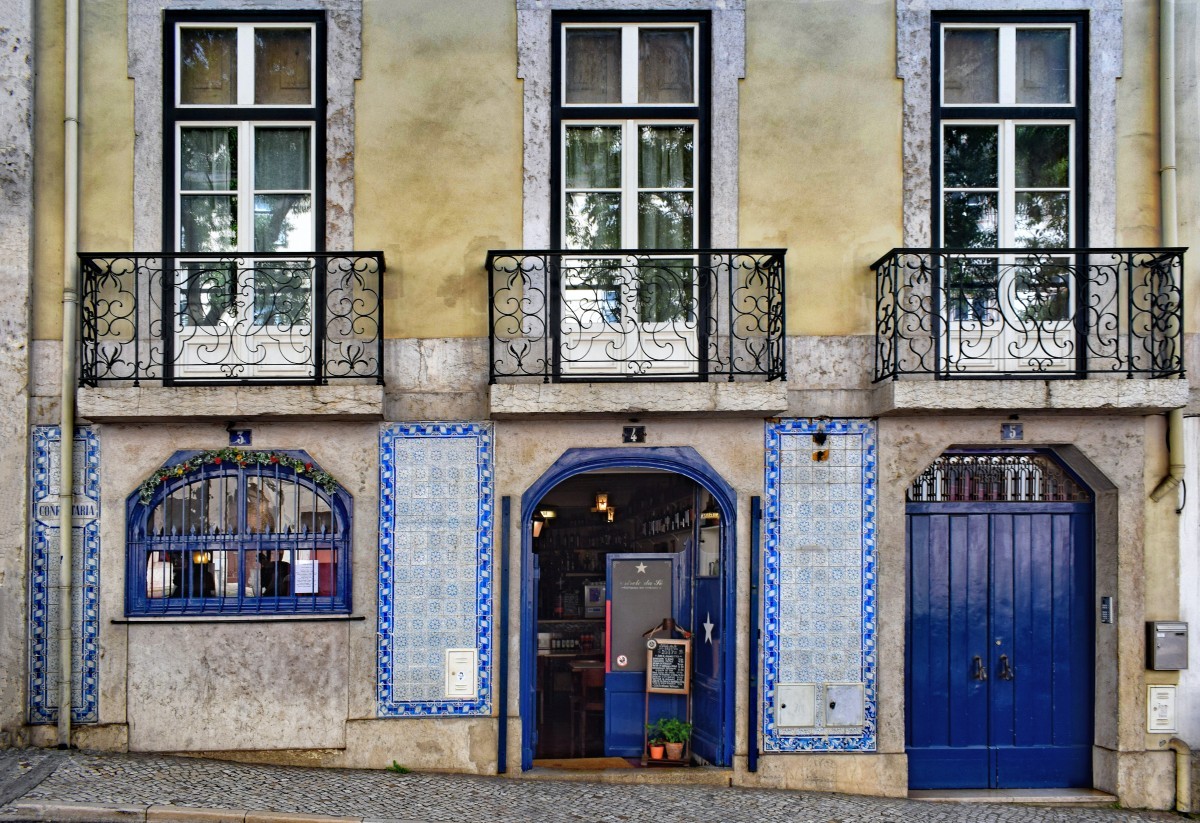
The cities of Lisbon, Barcelona, Paris, Rome have created a municipal alliance for the preservation and protection of the cities' historic and emblematic shops, through a shared governance strategy led by local governments. The main objective of this agreement is to create joint strategies between the different cities to preserve European commercial heritage.
The agreement was concluded in Barcelona on 7th March as part of the "1st Day of Emblematic Trades in European Cities". The document points to the need to promote government measures and special plans that recognise the importance of these establishments and contribute to their protection, conservation and enhancement with actions that favour their economic viability, heritage conservation and commercial function.
It also adds that emblematic commercial establishments should participate in the co-creation of municipal policies for local commerce, in order to guarantee their competitiveness and advance the professionalisation of the sector and digitalisation, through training and legal advice, and accompaniment in the management of economic activity.
The four cities consider that it is necessary to create an international charter on historic shops in which it is determined, in a consensual manner, what is considered an emblematic or unique establishment and where its different typologies are defined with the corresponding levels of heritage (heritage, movable, material) and cultural (creativity) protection, so that instruments for the protection and enhancement of this type of establishment can be defined. In this sense, it is fundamental to create specialised management units in public administrations in which the private sector also participates.
Emblematic shops: high-value heritage
Emblematic shops are a network of shops with soul and historical tradition, in some cases hundreds of years old, which combine the effort and dedication of several generations and reinforce the conception of Europe as a cultural community, based on shared values and history, and are a clear example of cultural expressions and creativity that include both tangible and intangible cultural heritage. These contribute to economic development and to the generation of identity, job creation and a unique offer for both citizens and visitors.
Currently, a whole set of risks affecting the protection and preservation of these establishments has been detected, derived from the viability of the business today, the conservation and safeguarding of tangible and intangible heritage, generational change, gentrification and pressure of real estate, digital exclusion or adaptation to climate change, among others.